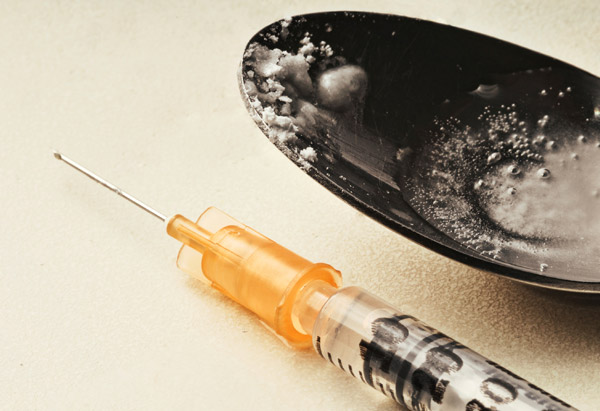Are you skeptical of the true scope of heroin addiction? What was mostly considered a street drug is now being found in suburbs across the country. In 2007, a study by the Substance Abuse and Mental Health Services Administration (SAMHSA) reported 373,000 users. Yet in 2012, that number nearly doubled to 660,000 users. Read more about this deadly drug epidemic.
- A 2007 National Institutes of Health study found that the United States consumes roughly 80 percent of the world's opioid supply. The United States only contains 4.6 percent of the world's population.
- Roughly 783,124 people use heroin each year—or about 261,041 people each month—according to the 2010–2012 Drug Abuse National Survey.
- From 2006 to 2010, the Drug Enforcement Administration reported that deaths from drug poisoning involving heroin increased by 45 percent.
- In 2010, drug overdoses caused more deaths among people 25 to 64 years old than motor vehicle traffic crashes. According to the Centers for Disease Control and Prevention, it was the leading cause of injury death for this age group.
- In 1999, 4,414 teens were seeking treatment for heroin abuse. Yet in 2009, SAMHSA disclosed that more than 21,000 teens sought treatment.
- A 2009 SAMHSA study found that 90 percent of teenage heroin addicts are white.
- The 2013 World Drug Report reported that Afghanistan is the leading producer and cultivator of opium worldwide, manufacturing 74 percent of illicit opiates. Mexico, however, is the leading supplier to the United States.
- The Department of Justice listed the Chicago metro area as the top destination in the United States for heroin shipments.
- Roosevelt University's Illinois Consortium on Drug Policy found that between 1998 and 2008, heroin-related deaths in the Chicago area went up 40 percent among white women.
- According to the Journal of the American Medical Association, federal data from 2011 reveals that almost 80 percent of people who had used heroin in the previous year also had a history of abusing prescription painkillers that can be classified as opioids.
- JAMA also reported in 2010 that, in the United States, 75 percent of the 38,000 yearly deaths by drug overdose are related to opioids.












